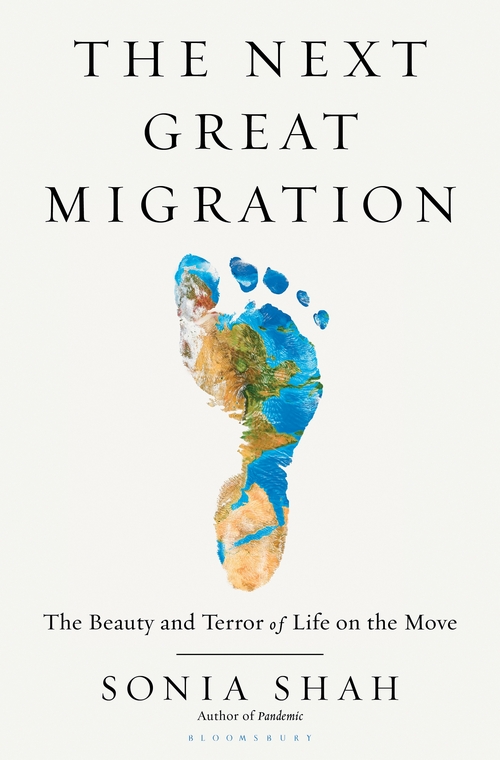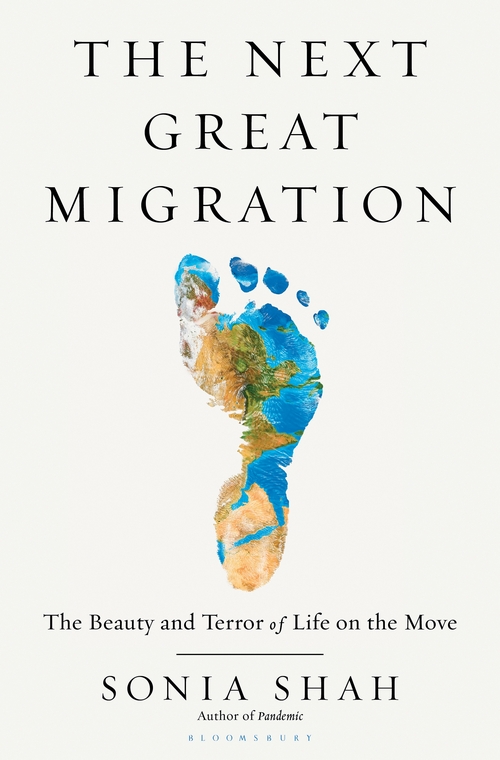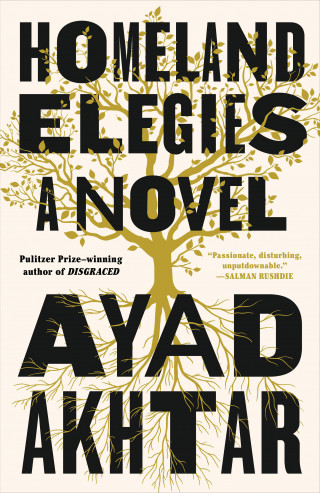
How did we start associating the word ‘migration’ with danger and problems? After all, the history of animals and plants are all a tale of one great journey. Life on our planet is in constant movement along many surprising paths. And yet for centuries, scientists and politicians have been painting a dark vision of the perils of being in movement. Sonia Shah claims that it’s time to change our tune.
Information services all over the globe are teeming with migration news: overpopulated refugee camps in the south of Europe and by the borders of Bangladesh; more and more pontoons and haphazardly made boats taking off from the shores of Libya or sent away from Australia; growing numbers of people moving from villages to larger towns and cities every day; families walking the desert to try and cross the border from Mexico to the US. Recently, the attention of the world has focused on reports on the migration of the new coronavirus that transferred from wildlife to Homo sapiens, and in a flash, spread across the entire planet. It isn’t hard to see the common denominator of all these stories is their negative perspective, presenting migration as something pathological and unwanted.
Meanwhile, Sonia Shah boldly and vividly shows that migration is a natural phenomenon, popular and typical to virtually every species that has ever lived. Shah is an award-winning science journalist and author of such popular-science bestsellers as Pandemic: Tracking Contagions from Cholera to Coronaviruses and Beyond (2016) and Fever (2010). In her latest book, The Next Great Migration: The Beauty and Terror of Life on the Move, Shah takes us on a journey across centuries of ignorance, faulty interpretation of facts and the tight, fear-mongering alliance of science and power. And to this day, this alliance makes us believe that every human, every animal and every plant has its assigned place on Earth – our innate address that we must stick to at all cost. There could be nothing further from the truth. Yet to see it, we need to carefully examine the routes life has taken on our planet and patiently sift the real scientific discoveries from propaganda.
The tale – weaving analyses of scientific research together with the narratives of certain animals, people and plants – begins in Southern California. Shah accompanies a researcher following the moves of the Euphydryas editha butterflies. For a long time, the species was thought to be on the verge of extinction due to climate change. Growing temperatures weakened the broadleaf plantain, crucial for the butterflies’ survival. Scientists believed these insects never flew more than several metres from their birthplace, which meant they were doomed. Meanwhile, in 1996 it was established that Euphydryas editha butterflies migrate seasonally many kilometres north, to cooler areas of North America, thus saving their population. In the mid-1990s, only two other cases of climate-induced migration were confirmed: starfish in the Californian Monterey Bay was one of them, and the other – plant groups in the Alps. Soon, an avalanche of discoveries followed, proving that no species is fully sedentary – even corals can travel, some of them over a dozen kilometres a year. Moving towards the cooler pole is a common phenomenon in nature. Nowadays, it is estimated that land species move 20 kilometres a year in that direction; those living in water are faster, going at an annual rate of 75 kilometres. Over the past few decades, frogs living in the Andes have moved 400 metres upwards.
According to Shah, we are witnessing a dramatic global exodus, therefore it is high time for us to carefully rethink our negative perception of population migration. Contemporary research often contradicts the dystopian scenarios of the future in which the moving and spreading of certain species, including humans, brings destruction over the areas and populations they reach. Despite the hostile, war-like language that speaks of invasions, domination and degradation, there is a wealth of scientific proof that migration of species brings mostly positive results. Shah shows that newcomers very rarely cause extermination or weakening of the local species. Instead, they help to enrich biodiversity, benefiting the complex relationships and factors that strengthen coexistence of species and make diverse populations thrive. The same applies to humans. It is not a coincidence that cities established by migrants – such as New York, a textbook example of this process – are considered anti-fragile. Culturally and ethnically diverse metropolitan cities are crucibles of assets necessary for development and surviving crises in a way that allows fast recovery. Evidence collected from observing the migration of animals, plants and large groups of humans gives us no reason for fear. Indeed, they do confirm that a sudden influx of new species brings some disruption and can, at first, pose a challenge for an ecosystem or society. But research also shows us that adaptation occurs soon after. This is a positive force, not one bringing plagues or weaker genotypes. And that force has had a crucial impact on the global career of the species that travels most of all – us, humans.
Recently, the development of genetic research has allowed us to refute the long-held belief that migration is wrong. Research on the human genome shows that we were never anchored to one place; humans have always been on the road. Information saved in our genes also disproves the claim that there are any major differences between human races that might justify waging wars, building impenetrable borders and establishing legal limitations. Nowadays, we know those major differences are non-existent; we all come from shared ancestors who once lived in a pan-continental land. We also have plenty in common with chimpanzees or bonobos, as well as with Neanderthals.
Genetic studies also allow us to see that since the beginning of our existence, we have always been a species of brave explorers. Like a house of cards, many theories have fallen apart, including claims that people who live in Oceania or in the far North are fundamentally different from other humans, and legends of allegedly accidental sea excursions, such as the famous Kon-Tiki voyage from Peru to Polynesia, recreated in 1947 by Thor Heyerdahl. Nowadays we know that primitive humans sailed without fears, covering impressive distances in their canoes with neither sails nor sat-nav.
But before we congratulate ourselves on those discoveries and decide that this fresh knowledge opens a new era of celebrating all and every movement across the planet, let’s look around with Shah. What we see is more proof that the human mentality rarely manages to catch up with research. More than that, it can actively dispute the scientific evidence.
We live in an era of great divisions. In 2015, during the so-called ‘migration crisis’, when over one million refugees (coming mostly from Africa, the Middle East and Asia) wanted to get to Europe, we began to build walls and fences. Five years later, those walls are blocking the movement of about four billion people on our planet. Tunisia is distancing itself from Libya, as India and Myanmar are fencing off Bangladesh, Austria does the same to Slovenia, as does Norway with Russia, and the US with Mexico… Just like any other limitations known to history, the new ones also won’t stop us from moving. We have thousands of years of experience in getting around barriers. However, the new migration routes will become even more dangerous and deadly.
Shah offers a deeper reflection on political strategies that are becoming needlessly more and more aggressive. She spins a fascinating tale of how those strategies took shape. She shows that our fictional vision of the world as a static and unmovable place was largely fabricated by people such as Carl Linnaeus – the Swedish naturalist who authored the binomial nomenclature in scientific classification of organisms that we use to this day – or Thomas Malthus, a British economist who popularized the belief that our resources are limited and therefore we must expect an unavoidable future war caused by a population bomb. Their claims, even though no longer held true, are still effectively infecting our perception of the human and non-human worlds alike. It won’t be easy to undo this tale, fuelled for centuries by those in power to use fear as a basic method of control. We prefer to believe bad news and tend to stick to it, despite the more optimistic facts in front of us.
It’s worth giving Shah’s book a read – her erudition is as impressive as the oceans of scientific proof she unveils at a pace worthy of a good action novel. The world is not as gloomy as it seems. And even now, in the advanced phase of the climate crisis, it is possible to create safe corridors for plants, humans and animals – to everyone who needs space to blossom along with others.

Translated from the Polish by Aga Zano









